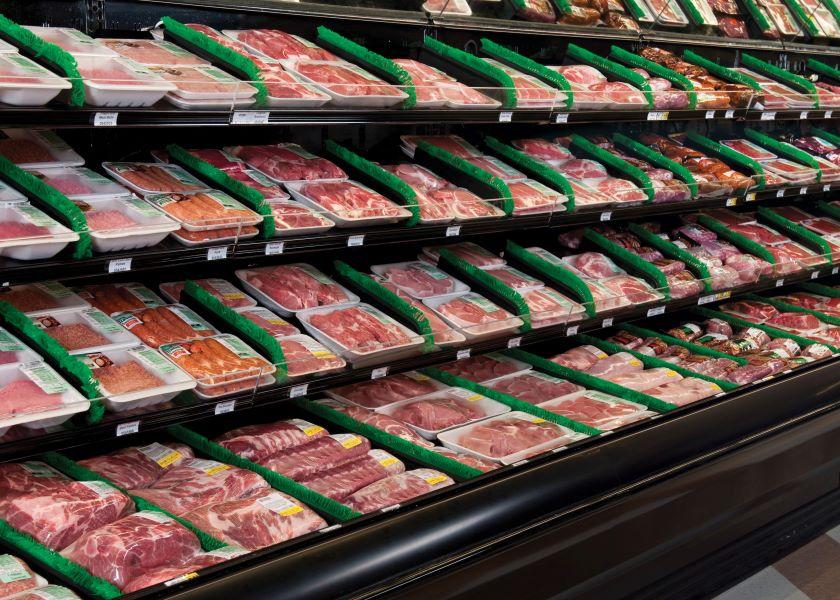No Surprise: Prop 12 Raises Prices for Pork in California

California’s Proposition 12, requiring pork sold in the state to be from hogs born to sows raised in housing that meets specific space standards, has already raised pork prices for consumers in California and decreased pork sales volumes in the state, according to data compiled by economists with the U.S. Department of Agriculture’s Office of the Chief Economist (OCE).
"While it was expected that Prop 12 would increase retail pork prices in California, the timing and magnitude of its effects are only now being observed by producers, marketers, consumers, and other stakeholders," economists Hannah Hawkins, Shawn Arita and Seth Meyer wrote in the report.
The OCE economists discovered prices for pork products affected by Prop 12, including loins, ribs and bellies, have seen an average 20% price increase in California since before July 1, 2023 – when the initiative was partially implemented – with loin prices averaging 41% higher than before Prop 12 implementation. Pork not covered by the initiative has not seen a significant increase, the report noted. The paper’s authors also pointed out that California’s share of fresh pork consumption has declined significantly.
"When this study was written, a few weeks of data were available for 2024 (data period ends Feb 4, 2024), offering us an initial indication of impacts under full implementation. The price spread between California and the rest of the country appears to remain stable. California's pork loin prices remain significantly higher than the rest of the United States, exhibiting very stable spreads throughout January 2024," the report explained.
However, the price gaps for ribs and bacon appear to have slightly widened since full implementation, the economists said, potentially indicating growing pressure from limited supply.
Looking at wholesale pork sales data, Prop 12-compliant products accounted for just 2% to 4% of total pork sales in the U.S., the report showed, short of the state’s typical demand for covered products, which is expected to account for 5% to 6% of total production. OCE also found the price premium end-users paid for Prop 12-compliant pork compared with non-compliant products at the wholesale level was 22% higher on average, with compliant loins and bellies 30% higher.
"Looking ahead, uncertainty remains regarding the long-term impact on California's pork market. Initial market disruptions and potential supply limitations for compliant pork warrant further monitoring and analysis," OCE economists wrote.
The National Pork Producers Council (NPPC) said it has fought against California Prop 12 since 2018, when it was put on the state’s ballot for approval, arguing among other things that it would increase consumer prices for pork. Along with the American Farm Bureau Federation, NPPC even challenged Prop 12 in federal courts, including the U.S. Supreme Court. NPPC continues to work with members of Congress on a solution to the problems created by the law.
"If pork producers want to continue selling products into the large California market, they must comply with Prop 12. But for most producers, that means retrofitting existing barns or building new ones, a financial cost many cannot afford given the losses producers had – $30 per market hog on average – in 2023. Also, if Prop 12 is allowed to stand, other states may approve similar laws, creating a patchwork of regulations across the country," NPPC said in Capital Update.







